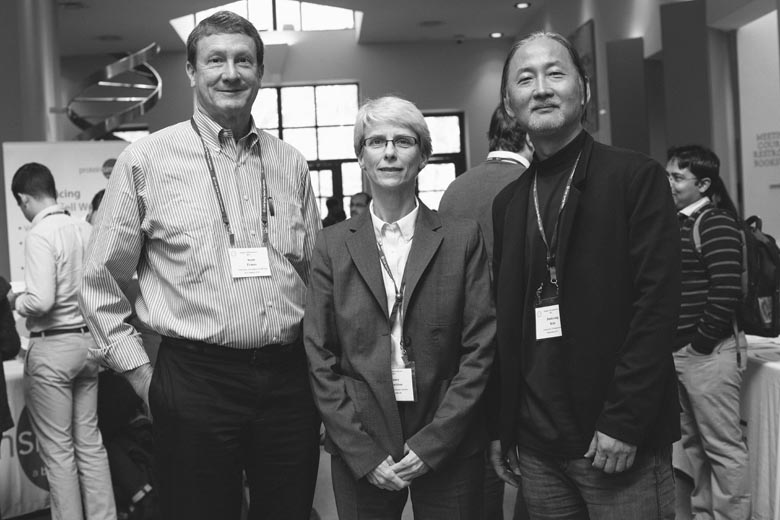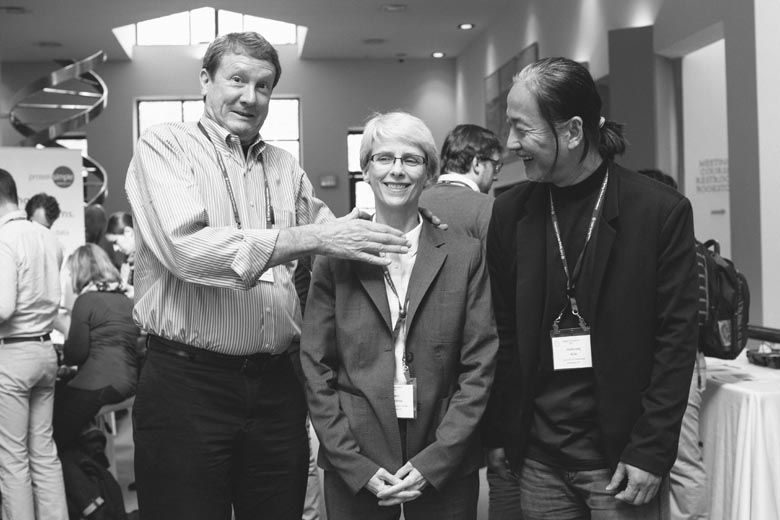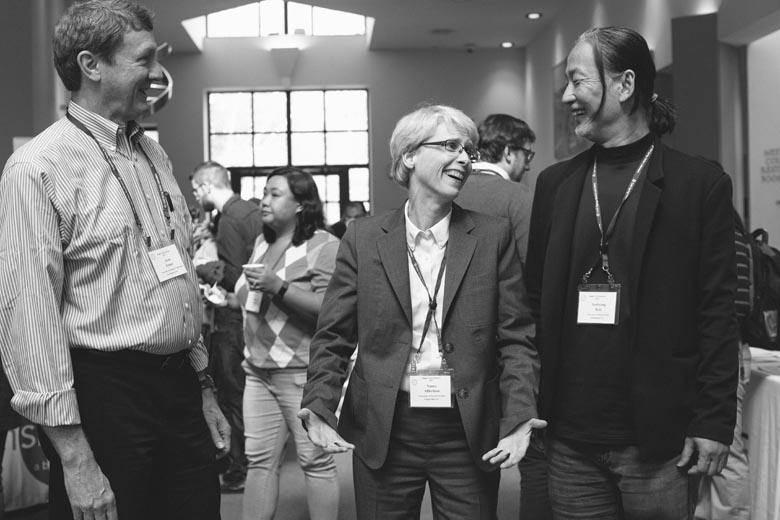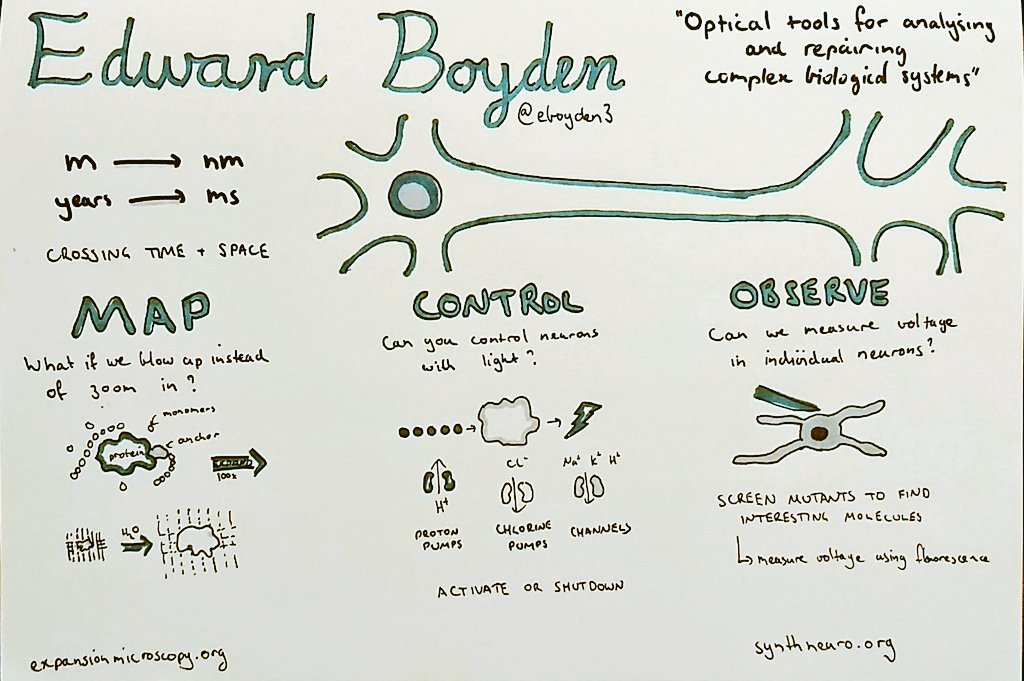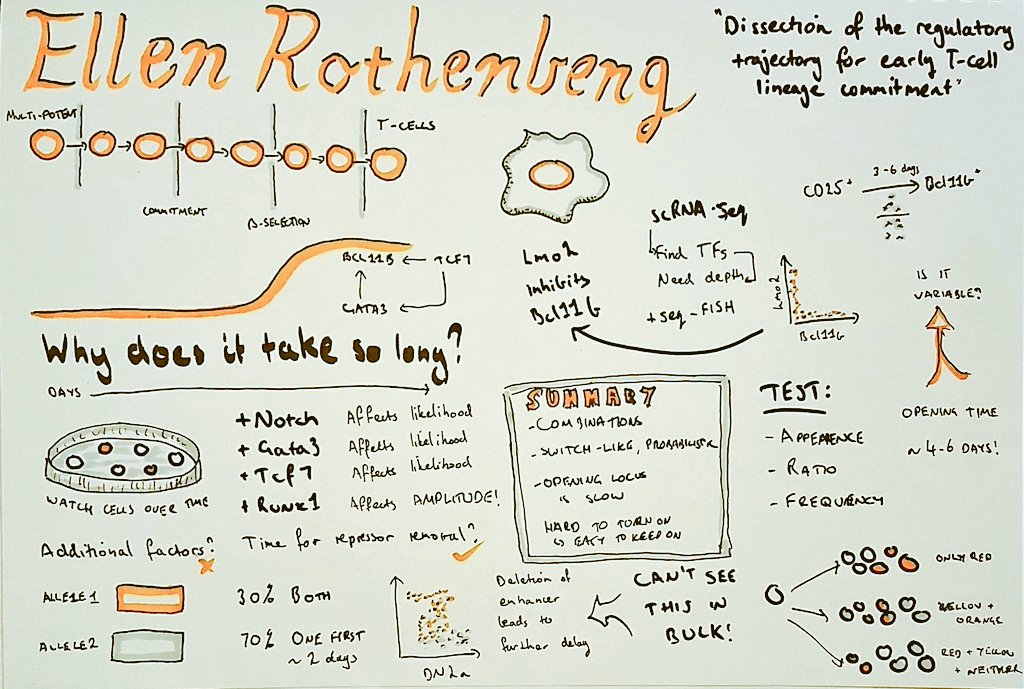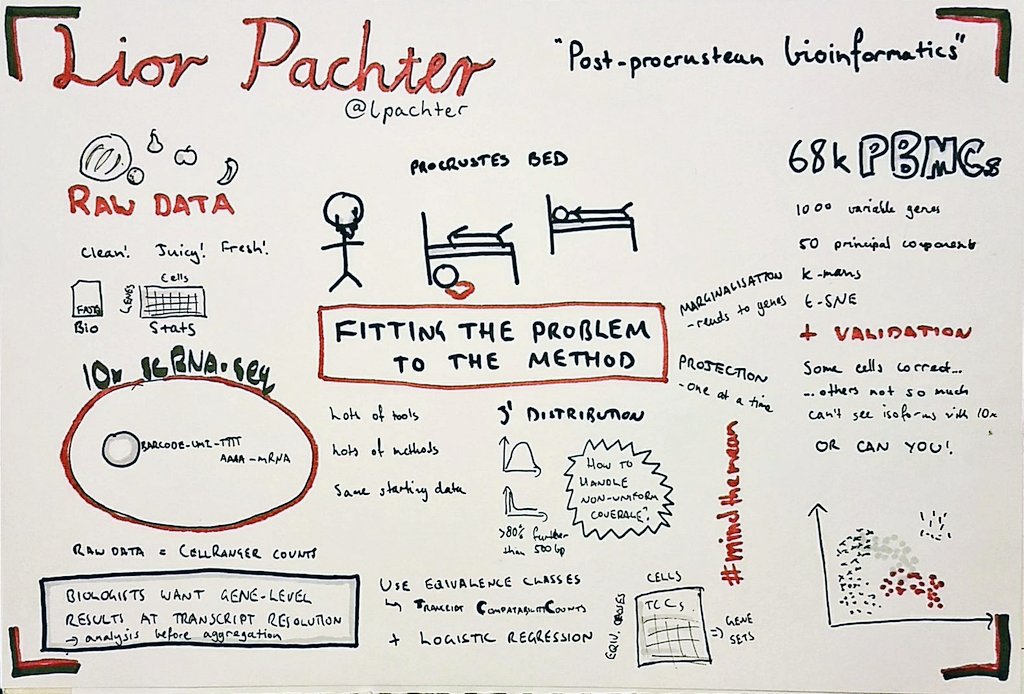Meet Rafael "Rafa" Campos Martin of the Max Planck Institute of Plant Breeding. Rafa is a PhD student and member of Achim Tresch’s lab which is affiliated with the Max Planck Institute and the Medical Statistics and Computational Biology Department of Uniklinik Koln (Germany). The Spanish national is a CSHL first-timer and is on campus for the 2018 Systems Biology: Global Regulation of Gene Expression meeting where he presented a poster title “Linking chromatin states to gene expression with bidrectional Hidden Markov Models” during the first poster session.
What are your research interests? What are you working on?
My main project is related to finding new candidate proteins that can bind to histone marks in highly transcribed genes. Our lab developed new machine learning models that we apply to different kinds of ‘omics data.
How did you decide to make this the focus of your research?
As an undergrad, I majored in chemistry and biochemistry and have always been amazed by how cells are able to organize molecules and repair themselves. From a chemist’s point-of–view, the reactions happening inside the cells are really fascinating. In order to better understand these connections, I decided to pursue a PhD in ‘omics data analysis where the cross-talks - or connections - can be explained via mathematical models.
How did your scientific journey begin?
I have been fortunate to have had great teachers during my studies but my first, and most important, teacher would have to be my sister, Samantha. I credit her for sparking my curiosity because growing up she took me for walks in the forests and taught me about plants, insects, and how everything is connected.
Was there something specific about the Systems Biology: Global Regulation of Gene Expression meeting that drew you to attend?
I came because the topic of the meeting compliments my main project. Also, since I will soon be finishing my PhD, this meeting is a great opportunity to meet scientists from other labs and develop my next steps.
What is your key takeaway from the meeting?
From the talks to the people you will meet, there is always something interesting so pay attention and meet as many people as you can. For instance, I had fruitful discussions with people working with Neural Networks and learned of different ways they apply it, and the pros and cons of such modelling. In the process, I have become interested in Neural Networks and would like to incorporate it into my career.
Did you pick up or learn something new from the meeting that you plan to apply to your work?
Definitely! This meeting was attended by great scientists and it was really easy to engage them in a conversation. A few interesting ideas worth a try came up during these discussions; including finding a different application for an algorithm our lab has been working on. I spoke with people working to find new putative TF-binding and there is a strong possibility that our algorithm can be applied to their work to help answer their questions.
If someone curious in attending a future iteration of this meeting asked you for feedback or advice on it, what would you tell him/her?
Go for it. The location is great, the people are really interesting, and the food is tasty. But, if possible, try to come during a warmer month or you may experience a snowstorm.
What do you like most about your time at CSHL?
I experienced a nor’easter and the snow made CSHL even more beautiful.
Thank you to Rafa for being this week's featured visitor. To meet other featured scientists - and discover the wide range of science that takes part in a CSHL meeting or course - go here.




